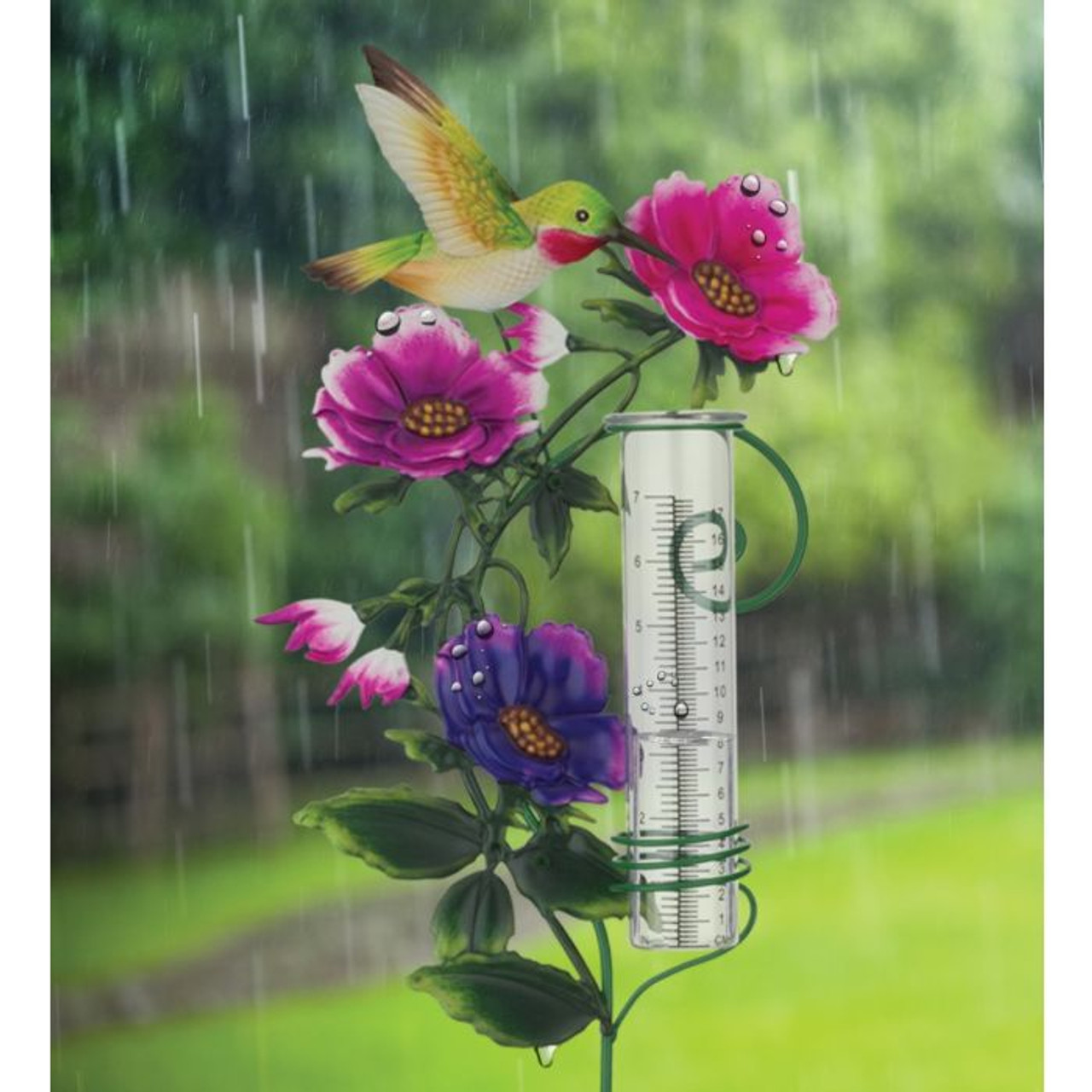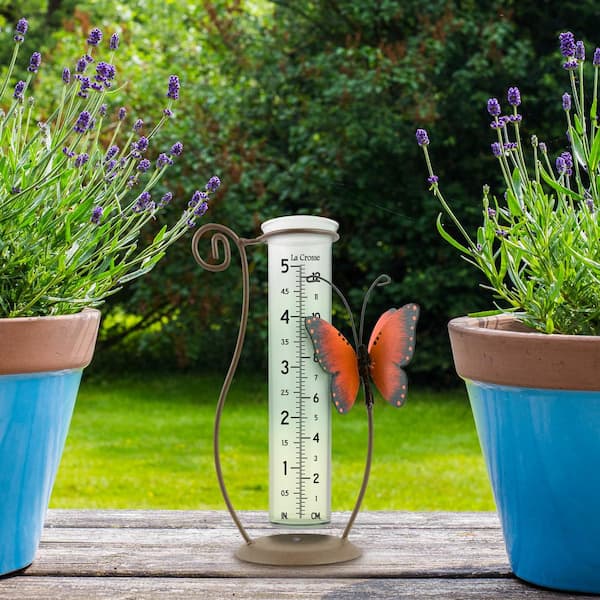The Rain Gauge: Empowering Communities with Accurate Rainfall Data
Wiki Article
Just How to Pick the Right Rainfall Gauge for Accurate Rain Information
To get trusted dimensions, it is crucial to select the best rain gauge. Taking into consideration aspects such as area, type, and accuracy of the rainfall gauge will certainly aid guarantee specific information collection. Furthermore, recognizing the upkeep and calibration treatments will contribute to the long life and integrity of your rainfall gauge.Value of Picking the Right Rainfall Scale
The importance of choosing the best rainfall gauge hinges on obtaining trusted and specific rainfall data for exact atmospheric analysis. Rainfall information is critical for a wide array of applications, including weather condition projecting, hydrological modeling, and climate research study. Incorrect or unstable information can cause incorrect conclusions and flawed decision-making procedures.
Secondly, the accuracy and precision of the rain gauge are extremely important. The scale should be able to gauge rainfall with high accuracy, catching also percentages of rainfall accurately. It must also decrease errors as a result of evaporation, wind, and other ecological aspects. Regular calibration and upkeep are vital to guarantee ongoing accuracy.
Furthermore, the location and installation of the rain gauge are important factors to consider. It should be placed in an open area, far from obstructions that can impact rains dimensions. The scale should be placed at a suitable height and angle to prevent splashing and make sure correct catchment of rainwater.
Aspects to Consider When Selecting a Rain Gauge
When selecting a rain gauge, there are several essential aspects to take into consideration. There are various types offered, including basic rainfall assesses, tipping bucket rainfall assesses, and considering rainfall determines.Another factor to take into consideration is the product of the rainfall scale. Rainfall evaluates can be constructed from numerous materials, such as glass, plastic, or metal. The material chosen must be resistant and durable to weather conditions, guaranteeing that the rain gauge will certainly withstand the aspects and provide accurate measurements over time.
Accuracy is also a crucial factor to take into consideration. Search for rain gauges that have actually been adjusted and evaluated for accuracy. Attributes such as anti-splash rings and funnels can likewise improve the precision of the dimensions.

Lastly, take into consideration the climate and setting in which the rain scale will certainly be made use of. Different rainfall assesses are appropriate for various climates, so it is important to select one that is appropriate for the conditions in your location.
Various Types of Rain Determines Offered
To additionally discover the factors to consider when choosing a rain gauge, it is essential to comprehend the various kinds of rainfall assesses readily available. The most usual kind is the basic reference rain gauge, likewise understood as the round rainfall scale.An additional type of rainfall scale is the tipping container rain scale. As the rain drops into the scale, it loads up one side of the bucket, creating it to empty the water and tip.
A 3rd type of rainfall gauge is the considering rain scale. As the rainfall falls right into the scale, it is collected in a container attached to a balance.
Lastly, there are additionally remote rain assesses that use advanced modern technology to measure rains (The Rain Gauge). These determines use sensing units and transmitters to send out data wirelessly to a central device. Remote rain evaluates are hassle-free for keeping an eye on rains in hard-to-reach areas or for massive information collection
Just How to Identify the Precision of a Rainfall Scale
One way to examine the precision of a rain gauge is by performing regular calibration measurements. Calibration entails comparing the readings of a rain scale to a conventional dimension, such as a certified rain scale or a weather condition terminal with high precision. By contrasting the measurements, any kind of discrepancies or inaccuracies in the rainfall scale can be identified and represented.To carry out a calibration dimension, start by collecting rainfall information from both the rain gauge and the standard measurement tool over a particular amount of time, such as a month. Contrast the analyses and calculate the distinction in between them. This difference is called the calibration mistake.
It is essential to note that calibration measurements need to be carried out frequently, as environmental factors, such as wind, debris, and temperature, can affect the precision of the rainfall scale visit this page in time. By performing normal calibrations, any modifications in the accuracy of the rain scale can be identified and modifications can be made accordingly.
In addition to calibration, it is additionally suggested to clean and preserve the rainfall gauge routinely to guarantee its accuracy. Get rid of any type of particles or obstructions that might impact the precision of the measurements, and examine for any type of indicators of damage or put on that may call for repair work or substitute.
Tips for Maintaining and Adjusting Your Rain Scale
Routine upkeep and calibration are important for ensuring the precision and reliability of your rain scale in measuring rains information (The Rain Gauge). By complying with a couple of easy ideas, you can ensure that your rainfall scale is correctly kept and calibratedTo start with, it is necessary to clean your rainfall gauge regularly to avoid any debris or dust from blocking the rain collection system. Make use of a mild detergent and a soft brush to carefully clean the inside and beyond the gauge. Rinse it completely with tidy water and allow it to dry totally prior to reinstalling it.
Second of all, it is suggested to calibrate your rain scale at the very least annually. Calibration entails contrasting the measurements of your rain scale with those of a relied on and precise referral gauge. This will certainly aid you recognize and deal with any potential errors in your rain gauge's measurements.
To calibrate your rain gauge, accumulate a known volume of water using a measuring container and compare it with the measurements recorded by your rain gauge. Adjust the analyses as necessary to make certain precision.

Conclusion
In final thought, picking the right rain scale is essential for acquiring exact rainfall information. Elements such as purpose, place, and spending plan should be thought about when selecting a rainfall scale.There are various kinds readily available, consisting of basic rain assesses, tipping bucket rainfall assesses, and evaluating rainfall assesses.To additionally discover the elements to think about when selecting a rainfall gauge, it is essential to comprehend the different types of rain gauges available. The most common kind is the standard rainfall scale, likewise understood as the cylindrical rain scale.An additional kind of rain gauge is the tipping bucket rainfall scale. Calibration includes comparing the readings of a rainfall scale to a typical dimension, view website such as a licensed rain gauge or a climate terminal with high accuracy.
Report this wiki page